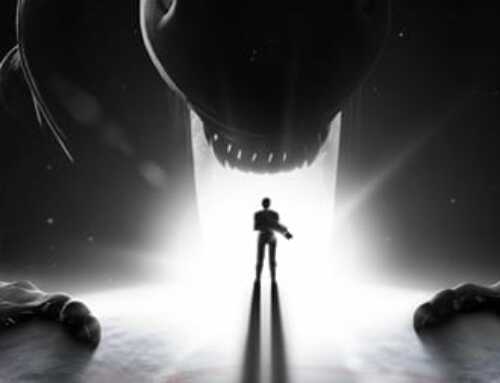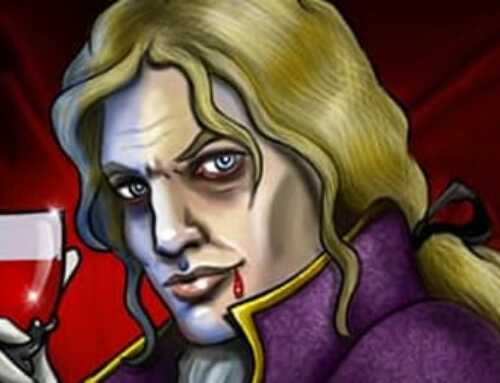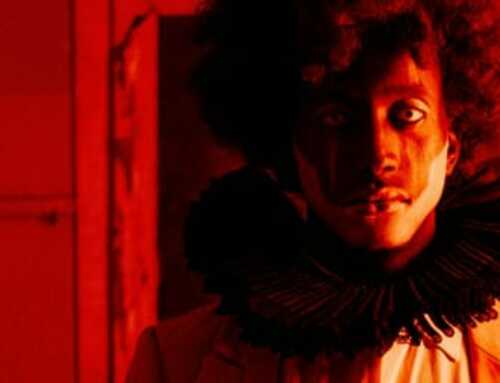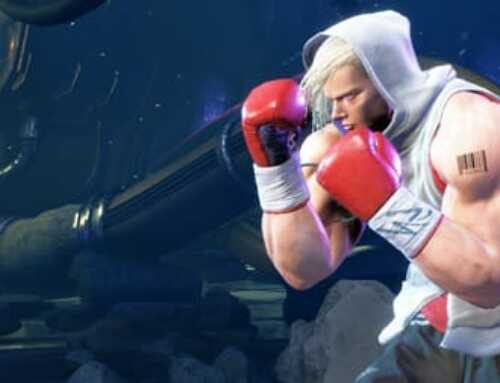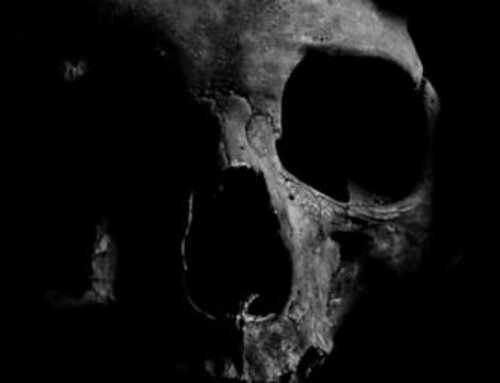Momodora: Reverie Under the Moonlight is clerarly influenced by many of the classics of the genres it emulates. It wears its influences like patches on a punk’s jacket: one for Bloodborne, one for Castlevania, one for Demon’s Souls, and… one for Doki Doki Panic. Okay so that last one is not a horror game. In fact, it was released in the U.S. as Super Mario Bros 2. That’s the thing about Momodora. It’s definitely hugely influenced by classic horror (or at least horror-inspired) games, but it brings a new cutesy cartoon face to that influence. So let’s take a look at what’s going on beneath that initial surface impression.
Momodora: Reverie Under the Moonlight is a lot like Demon’s Souls or Castlevania, at least as far as the story goes. The player character is a priestess named Kaho who is on a journey to try to get a queen to help with the plight of her land. However, the further into this foreign kingdom she gets, the more Kaho finds that it is suffering from its own curse. It’s a pretty bare bones story, but this sort of game really doesn’t need a terribly complicated story. It does its job without overstaying its welcome, which is definitely a plus.

Momodora definitely has a very stylized approach to visuals. I think that it pulls that off amazingly well. The pixel art is a little more complicated than the actual systems it homages would actually be able to handle, but I like that. It does its own thing while still paying tribute to the past. The animations look fantastic, and there’s a lot of character in the way that Kaho moves. She has some idle animations like you would have seen in an older platformer like that. However, the art is definitely very anime influenced. For some of you out there, this is going to be a massive red flag. This is not a hard no for me, but I think it’s definitely something that a game will have to overcome, and I think that Momodora easily overcomes it.
The sound in this game is a little weird. The sound effects don’t quite jibe with the music. The sound effects are very cartoony. This isn’t necessarily a bad thing, It works pretty well with the visual style, and it’s definitely in keeping with the retro games that Momodora is clearly influenced by. The music on the other hand is definitely a little too complex, a little too serious to match well with the more light-hearted sound effects. I don’t think that this is a major flaw. It’s a little weird, but it’s definitely something which can be easily overlooked. I also want to draw particular attention to the background music for the Karst City level. It’s there, but it’s so soft and subtle that it still feels like silence.
If you’ve ever played Castlevania or Metroid, then you’ve played a game just like Momodora. Granted, this game is not quite as unforgiving as either of those. It manages a decent (and adjustable) balance of difficulty. There’s a lot of platforming going on here. You have a melee attack like in Castlevania, and you’ve got a ranged attack like in Metroid. Just the fact that you have an unlimited amount of both from the start makes this game a lot easier than similar games. There are some problems here, though. You don’t slowly build up powers the way that you do in Metroid, and you don’t really acquire more weapons like you do in Castlevania. So a little more variety would be nice. Other than that, though, it’s a lot of fun to play.
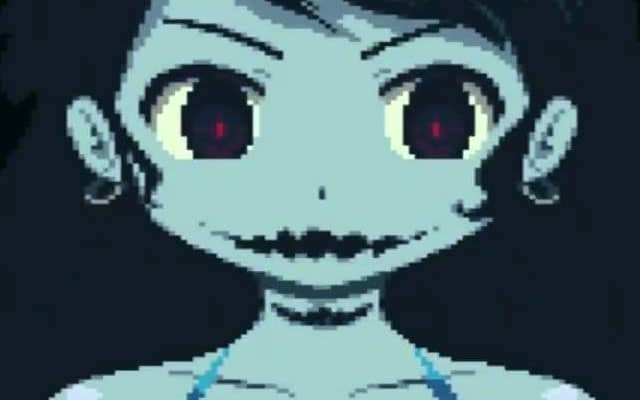
Momodora is not a perfect game. However, I still recommend it. There is no condition there. I recommend playing this game no matter if you like anime or not, if you like Metroid or not, etc. The basic facts of the matter are that it is an extrapolation of the very earliest of horror games, and that it is still fun to play even if you’re not into the retro horror gaming scene. This game is definitely ten bucks well spent.


